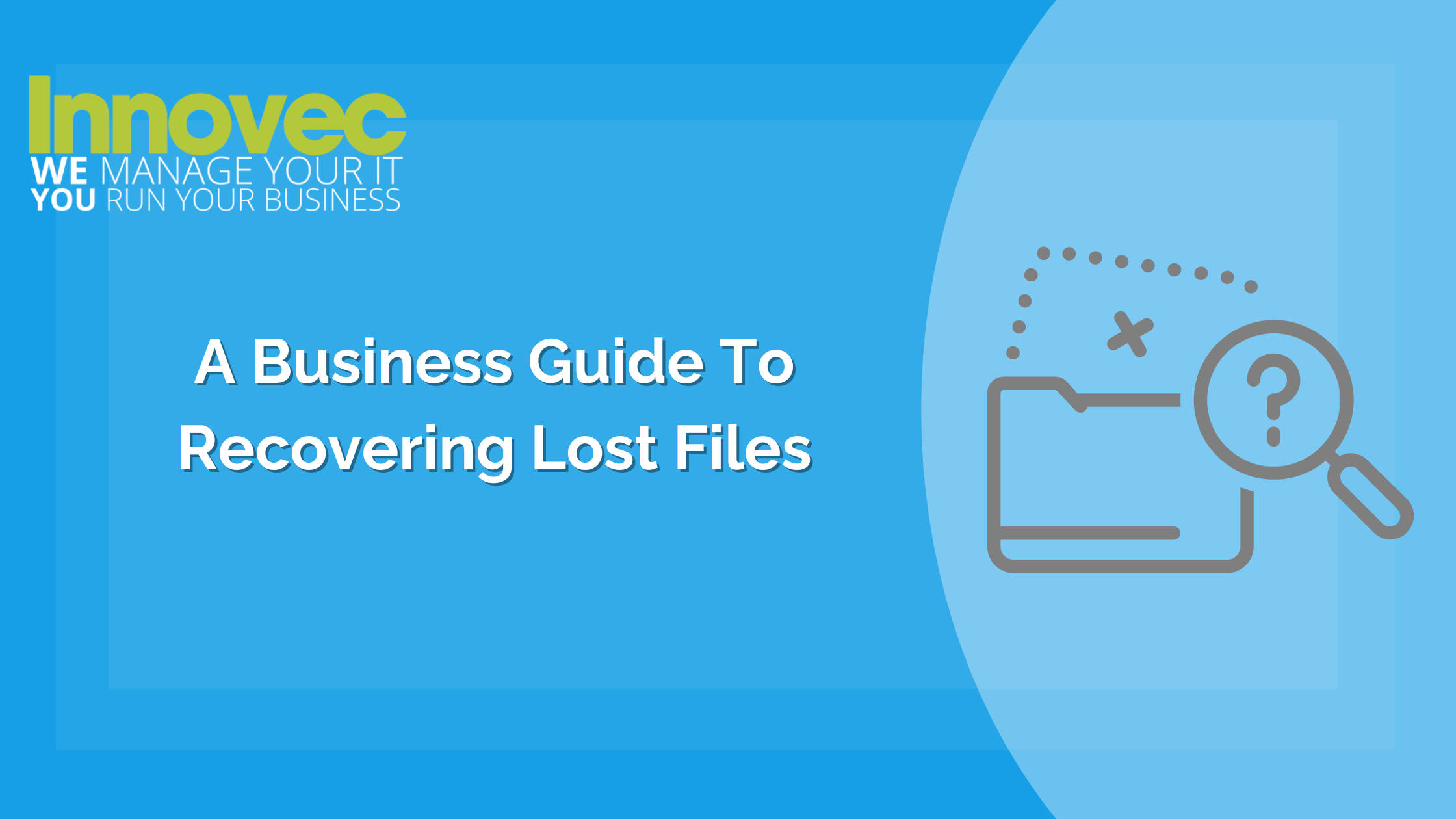
A Business Guide to Recovering Lost Files
In the digital age, data is the lifeblood of any business. From financial records to client information, the integrity and availability of data are paramount. However, files can sometimes seem to vanish into thin air, leaving businesses in a state of panic. But fear not, for lost does not mean gone forever. This blog will guide you through the steps to locate and recover those elusive files, ensuring your business remains on the steady path to success.
Understanding the How and Why:
Before diving into recovery, it’s crucial to understand how files can become lost. Common culprits include;
- Accidental deletion caused by human error
- Software glitches
- Hardware failures
- Cyber-attacks
Identifying the cause is the first step in formulating an effective recovery strategy.
Step 1: Check the Recycle Bin or Trash:
It may seem obvious, but the first place to look for a lost file is the Recycle Bin (Windows) or Trash (Mac). If you find your file there, a simple restore will bring it back to its original location.
Step 2: Use File History or Time Machine:
For Windows users, File History is your go-to tool for recovering previous versions of files. Mac users have Time Machine, which serves a similar purpose. These features automatically save copies of your files, allowing you to step back in time and retrieve what’s been lost.
Step 3: Employ Data Recovery Software:
If the above methods don’t yield results, data recovery software can be a saviour. These tools scan your drives to find recoverable files. Remember to choose reputable software to avoid further data compromise.
Step 4: Consider Professional Help:
When all else fails, or if the data is particularly sensitive or valuable, it’s wise to enlist the services of an IT Support provider. They have the expertise to handle complex recovery tasks.
Prevention is Better Than Cure:
Recovering lost files is only half the battle. Implementing robust data backup and cybersecurity measures is essential. Regular backups, cloud storage solutions, and comprehensive security protocols safeguard your business against data loss.
Conclusion
Losing files can be a distressing experience, but with the right approach, recovery is often possible. By understanding the causes, following a systematic recovery process, and investing in preventative measures, your business can navigate the digital maze with confidence.
Don’t wait for disaster to strike. Review your data backup and security strategies today to ensure your business is prepared for any eventuality. Remember, in the realm of data, being proactive is the key to staying secure.
Need help or advice on this? Give our expert team a call today, we will be happy to help you.
